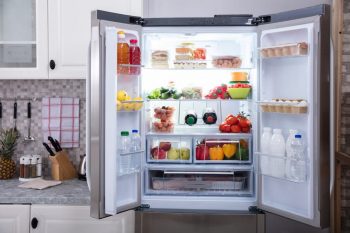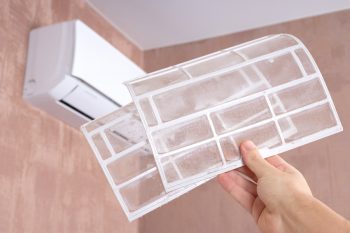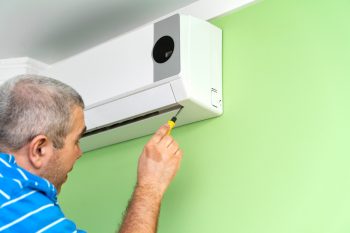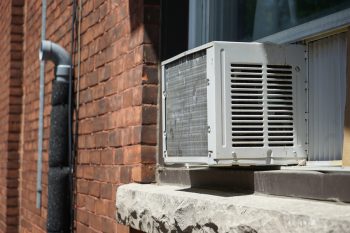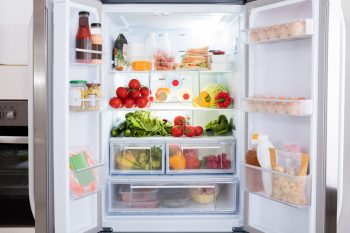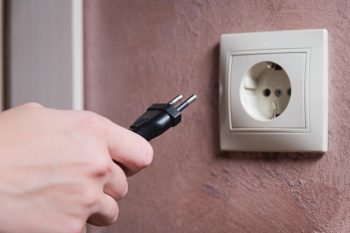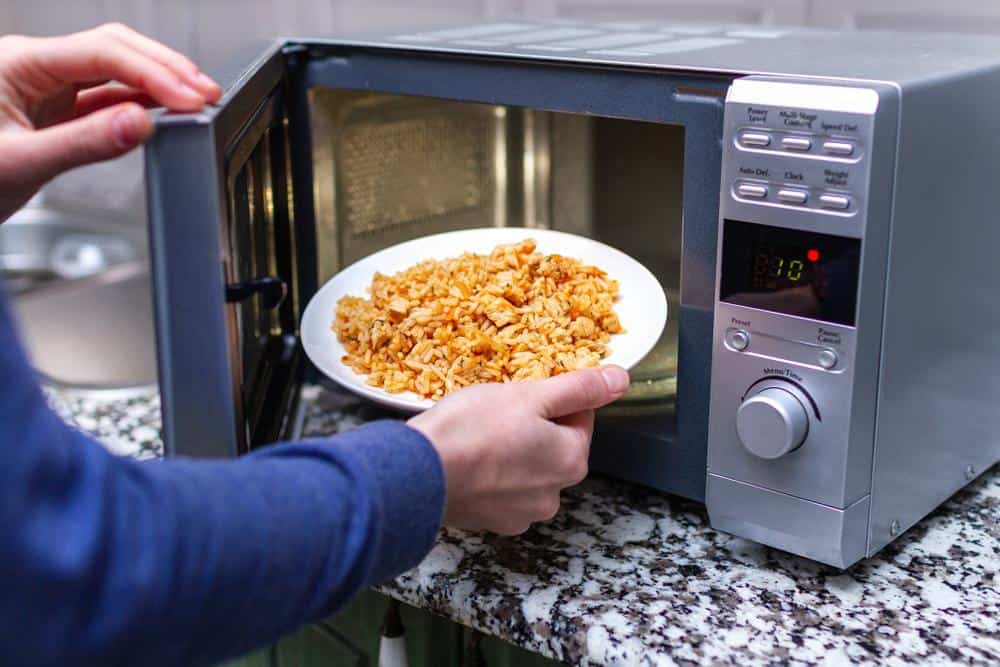
Microwaving food is a convenient and quick way to heat your meals. However, it’s crucial to understand how to do this safely to avoid potential health risks. One of the key aspects to consider when heating food in the microwave is the temperature it must reach to be safe for consumption.
When heating food in the microwave, it must reach a temperature of at least 165°F (74°C) to ensure it’s safe for consumption. This can be achieved by stirring, covering, and rotating the food during the heating process. Using a microwave-safe thermometer can help confirm that the food has reached the required temperature.
The Ideal Temperature
When heating food in the microwave, it must reach a temperature of at least 165°F (74°C). This temperature ensures that the food is heated evenly and is safe to consume. To achieve this, it is important to stir, cover, and rotate the food during the heating process. Additionally, it is recommended to use a microwave-safe thermometer to confirm the temperature in several areas of the food. After reheating, allow the food to stand covered for 2 minutes to ensure proper cooking.
Risks of Underheating Food
If food does not reach the recommended temperature in the microwave, there are several risks associated with it. The main one is the potential growth of harmful bacteria, such as Salmonella, Listeria, and E. coli. These bacteria can survive in cold spots where the microwave might not have heated the food evenly, leading to foodborne illnesses.
Measuring Food Temperature Accurately
To accurately measure the temperature of food in the microwave, you can use microwave-safe thermometers specifically designed for this purpose. Some options include Opsens optical temperature sensor, Microwave-Convection Safe Thermometer, Taylor Precision Products Connoisseur Microwave Thermometer, Fiber optic temperature sensors, and Microwave Spirit Filled Thermometer.
Specific Foods and Their Required Temperatures
Different types of food require certain temperatures when heated in the microwave. For instance, raw animal foods should be heated to 158°F for 1 second, reheated foods should reach an internal temperature of 160-165°F, and when cooking in a microwave oven, all food should be cooked to 165°F for 15 seconds, stirred halfway through, and allowed to stand for 2 minutes before serving.
Microwave Wattage and Its Effect
The wattage of a microwave affects the heating temperature of the food. Higher wattage microwave ovens generally heat food faster because they release more energy per unit of time. In general, the higher the wattage, the faster the cooking time.
Heat Distribution in The Microwave
The distribution of heat in a microwave affects the temperature of the food by causing uneven heating patterns, which can result in hot and cold spots within the food. To minimize uneven heating, it is essential to use proper microwave energy patterns and techniques, such as stirring or rotating the food during the heating process.
Microwave Settings for Desired Food Temperature
Microwaves typically have multiple power levels, and each level has a cooking purpose. Choosing the correct microwave power level can help prevent under or overcooking.
Steps to Take If Food Doesn’t Reach Required Temperature
If the food doesn’t reach the required temperature in the microwave, you can take steps such as rotating and stirring the food, adjusting cooking time, checking microwave wattage, allowing standing time, using a food thermometer, following microwave-safe practices, and following food-specific guidelines.
Common Mistakes to Avoid When Heating Food in the Microwave
Avoid common mistakes when heating food in the microwave such as heating everything at once, not stirring food, using the wrong cover, microwaving food in unsafe containers, not checking the temperature, microwaving spicy food, not cleaning the microwave properly, and defrosting meat in its package.
Conclusion
Heating food in the microwave is a convenient and efficient method of cooking. However, it’s crucial to ensure that the food reaches the right temperature to kill any harmful bacteria and ensure food safety. By understanding the ideal heating temperature, using the right microwave settings, and avoiding common heating mistakes, you can ensure that your food is heated safely and evenly in the microwave.
Frequently Asked Questions
What is a microwave-safe thermometer and where can I buy one?
A microwave-safe thermometer is a thermometer that can be used in a microwave oven without getting damaged or affecting the cooking process. They are specifically designed to withstand the microwave’s heat and measure the internal temperature of the food. You can purchase a microwave-safe thermometer from online marketplaces like Amazon or in stores that sell kitchen appliances and utensils.
Why do I need to stir the food while microwaving?
Stirring food while microwaving helps to distribute the heat evenly. Microwave ovens heat food by emitting microwaves that excite the water molecules in the food. However, these microwaves don’t always penetrate the food evenly, which can result in cold spots. Stirring the food helps to spread the heat around and ensures all parts of the food reach the required temperature.
How can I tell if my food has been heated evenly in the microwave?
The best way to ensure that your food has been heated evenly is to use a microwave-safe thermometer. By taking the temperature in several different spots, you can check for any cold spots where bacteria could survive. If you don’t have a thermometer, another method is to make sure the food is piping hot throughout. If any part of the food is still lukewarm, it needs more time in the microwave.
What are some common mistakes to avoid when using the microwave?
Common mistakes to avoid when using the microwave include not stirring the food midway through the cooking process, using containers that are not microwave-safe, not using a cover to prevent splatters, and not cleaning the microwave regularly. It’s also a mistake to assume that all parts of the food will heat at the same rate – always check the temperature in several spots to ensure it’s safe to eat.
What should I do if my food doesn’t reach the required temperature in the microwave?
If your food doesn’t reach the required temperature in the microwave, you should continue to heat it, checking the temperature regularly until it reaches at least 165°F. Stirring the food and covering it can help to distribute the heat more evenly. If the food still doesn’t reach the required temperature after additional heating, it may be a problem with your microwave and you should consider getting it checked or replaced.

